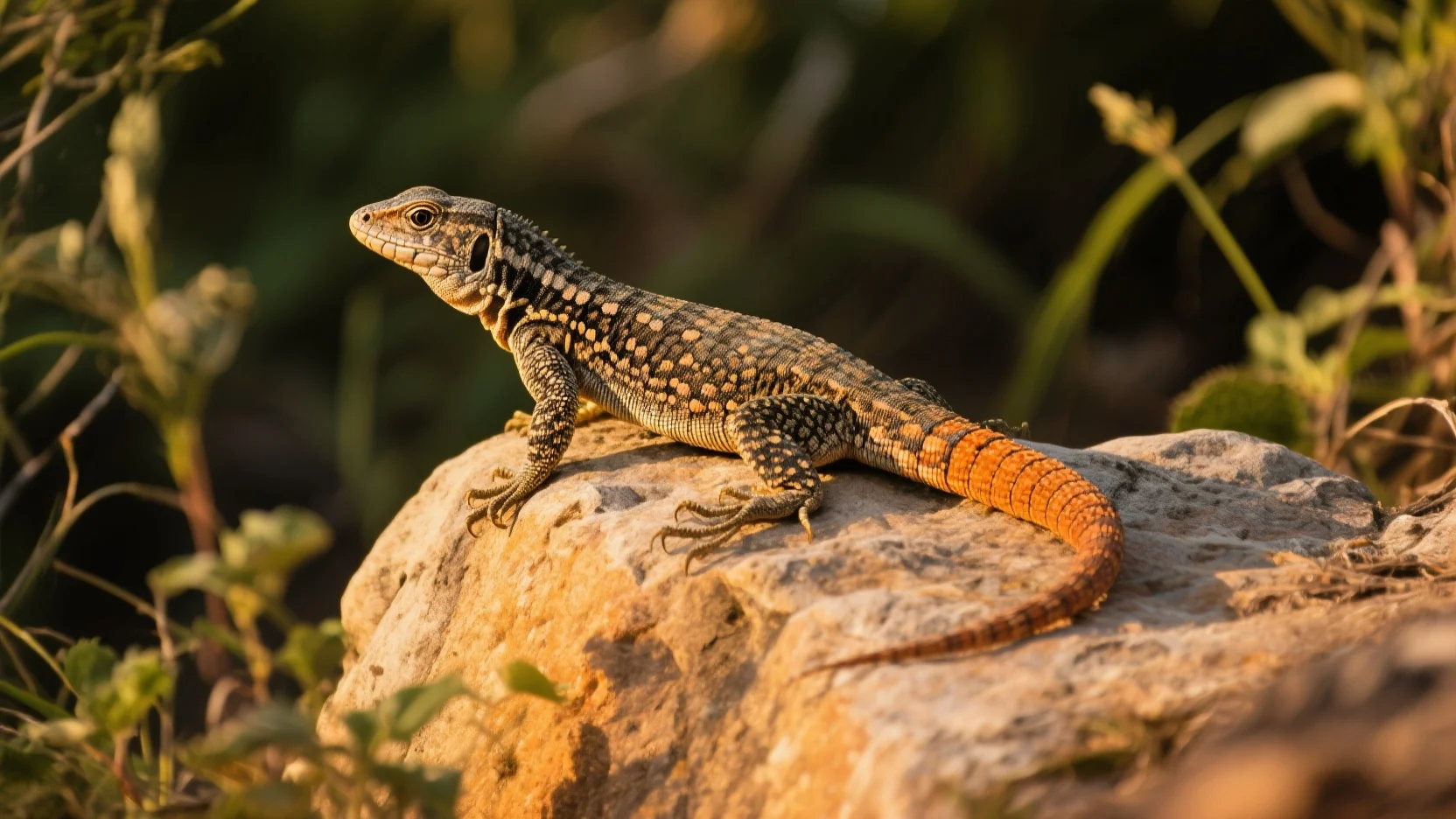In the natural world, few phenomena are as fascinating as the ability of certain animals to regenerate lost body parts. Among the most well-known examples of this incredible biological feat are lizards, which have the remarkable ability to grow a new tail after losing one. This unique survival mechanism has intrigued scientists and nature enthusiasts alike for centuries, offering insights not only into the resilience of reptiles but also into the broader mysteries of regeneration in the animal kingdom.
The process of tail regeneration in lizards is a direct response to the challenges of survival. Many lizard species, such as geckos and anoles, are preyed upon by larger animals, making escape a critical priority. When threatened, these lizards can detach their tails in a process known as autotomy. This self-amputation occurs at a pre-determined fracture plane in the tail’s vertebrae, allowing the lizard to break free without significant injury to the rest of its body. The detached tail, often wriggling and twitching, serves as a distraction, giving the lizard valuable time to escape from its predator.
Once the tail is lost, the process of regeneration begins almost immediately. Unlike the original tail, which contains a series of bones, the new tail is supported by a rod of cartilage. This distinction allows the regeneration process to proceed more quickly, ensuring that the lizard regains this vital appendage in a relatively short period. The regrowth involves a complex interplay of biological processes, including the activation of specialized cells called blastemal cells. These cells gather at the site of the wound and begin to divide and differentiate, forming the tissues necessary to rebuild the tail.
While the regenerated tail is functional, it is not a perfect replica of the original. The new tail often differs in appearance, with a slightly different coloration or texture, and may lack the same range of motion as the original. Despite these differences, the new tail serves its primary purposes—helping the lizard maintain balance, store fat reserves, and, if necessary, serve as a decoy in future encounters with predators.
The ability to regenerate a tail is not unique to lizards, but it is particularly well-developed in these reptiles. Other animals, such as salamanders and some species of fish, also possess regenerative abilities, but lizards are among the few vertebrates capable of regrowing such a complex structure. This remarkable adaptation has inspired extensive scientific research, as understanding the mechanisms behind lizard tail regeneration could have profound implications for human medicine. Scientists hope that studying the cellular and molecular processes involved in this natural phenomenon could one day lead to breakthroughs in regenerative medicine, offering new treatments for injuries and diseases.
Beyond its scientific significance, the lizard’s ability to regenerate its tail serves as a powerful reminder of nature’s ingenuity. It demonstrates how animals have evolved extraordinary strategies to survive in a world full of challenges and dangers. The next time you see a lizard darting across a sunny rock or hiding in the underbrush, consider the incredible biology that lies beneath its scaled exterior. The story of its tail, whether intact or regrown, is a testament to the resilience and adaptability of life on Earth.
